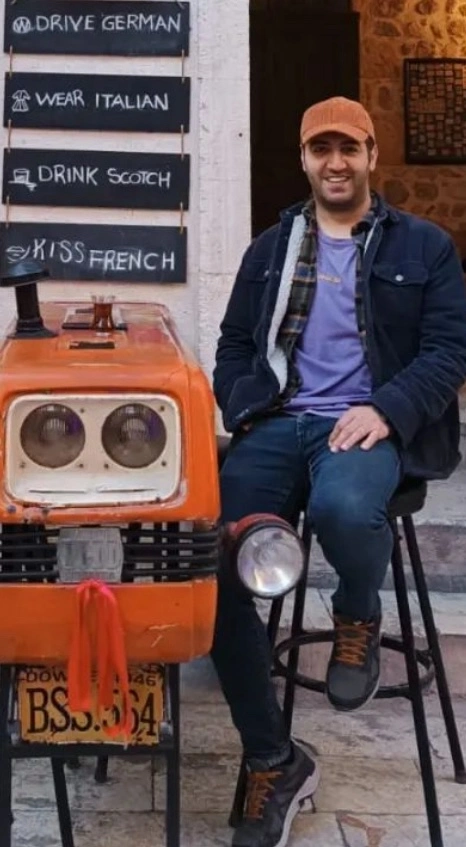NICE TO MEET YOU 🙋♂️
This page is under construction
Education
I'm Alaittin – a fourth year Ph.D. student in applied mathematics, a member of Discrete Applied Math group, and a teaching assistant at Illinois Institute of Technology. My broad background
PhD advisor: Hemanshu Kaul
I completed my MSc at Hacettepe University where I researched in graph theory under the supervision of Lale Özkahya. I was working as a full-time teaching assistant at TED University simultaneously.
I did my undergrad at Mustafa Kemal University in mathematics. Those were the days I used to read literature, and philosophy, travel a lot, and enjoy most.
Experience
I've been lucky enough to do research at Fermi National Accelerator Laboratory (Fermilab). (Project ?)
Research
My broad background is characterized by three areas. First, the problem space: I want to understand how ... Second, the methods: I use novel computational methods that are able to make ... Third, the interventions: I design and test ... From soup-to-nuts I try to conduct rigorous, transparent science.
Capabilities in deep?
Bottom content? I enjoy playing GO, hiking, ... (Put a photo here)
If you want to chat, go for a run, or have a recent read you wa nbvto share, reach out at the link below 😇 -012'
✌️
Alaittin
INTERNSHIP High Energy Physics neutrino experiments: When neutrinos interact within detectors, the resulting charged particles leave energy deposits which can be recorded as 3D point clouds. The 3D point cloud can be used to accurately reconstruct the neutrino interaction that occurred within the detector. To do this reconstruction process, we need to infer the trajectories of the all the particles that appeared during the interaction, along with and the hierarchical relationship of those particles to each other. Graph-based methods are well suited for reconstructing from LArTPCs because particle physics interactions are naturally graph structured. We are part of the Exa.TrkX project, which has successfully developed message passing graph neural networks to infer particle trajectories. This works by constructing an initial guess at a graph where nodes are energy deposits and edges are causal connections representing the trajectory of the particle that created the nodes. Then, the message passing algorithm learns to deemphasize edges which do not correspond to true trajectories. However, this algorithm does not determine the hierarchical relationships between individual reconstructed trajectories. Hierarchical graph neural networks provide a framework for understanding data-containing communities. A crucial ingredient to building a hierarchical graph neural network is developing community detector for constructing an initial plausible graph which will be refined using message passing. As an intern, I defined a density-based hierarchical clustering algorithm and applied hierarchical graph neural network together for locating and identifying particle's trajectories in data obtained from state-of-the-art 3D detectors. This trajectory information was a critical aspect of obtaining precision measurements needed to further neutrino science, so results needed to be highly accurate. We successfully obtained an accurate result in the end.
